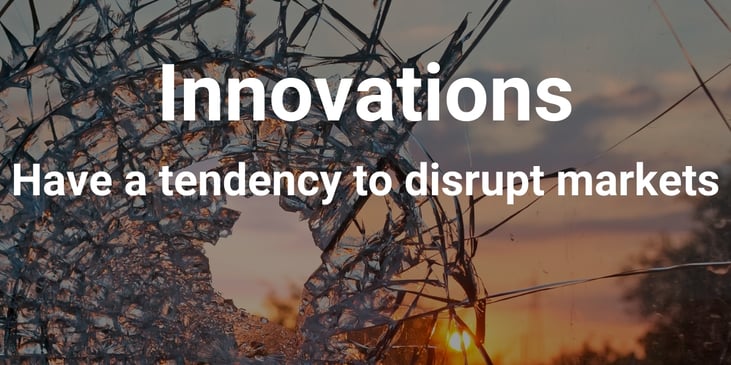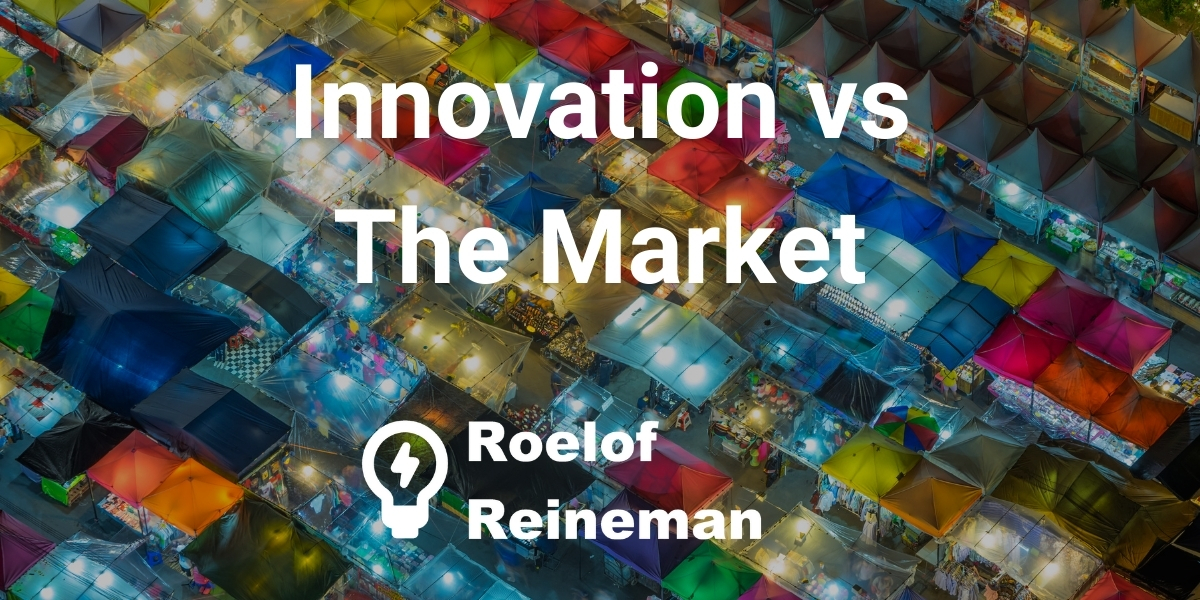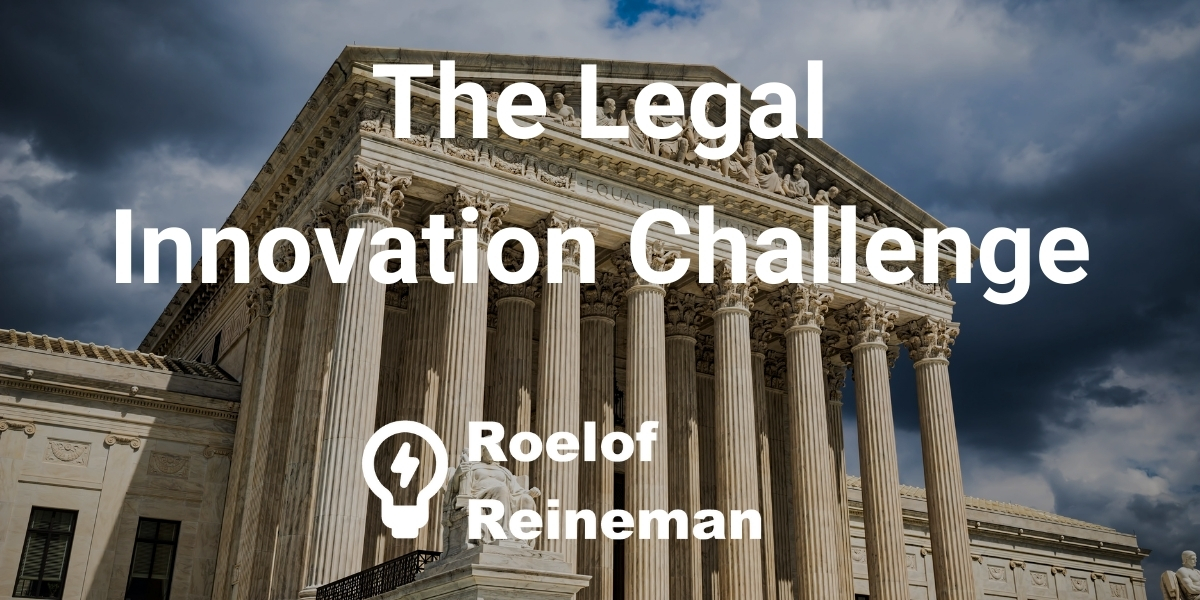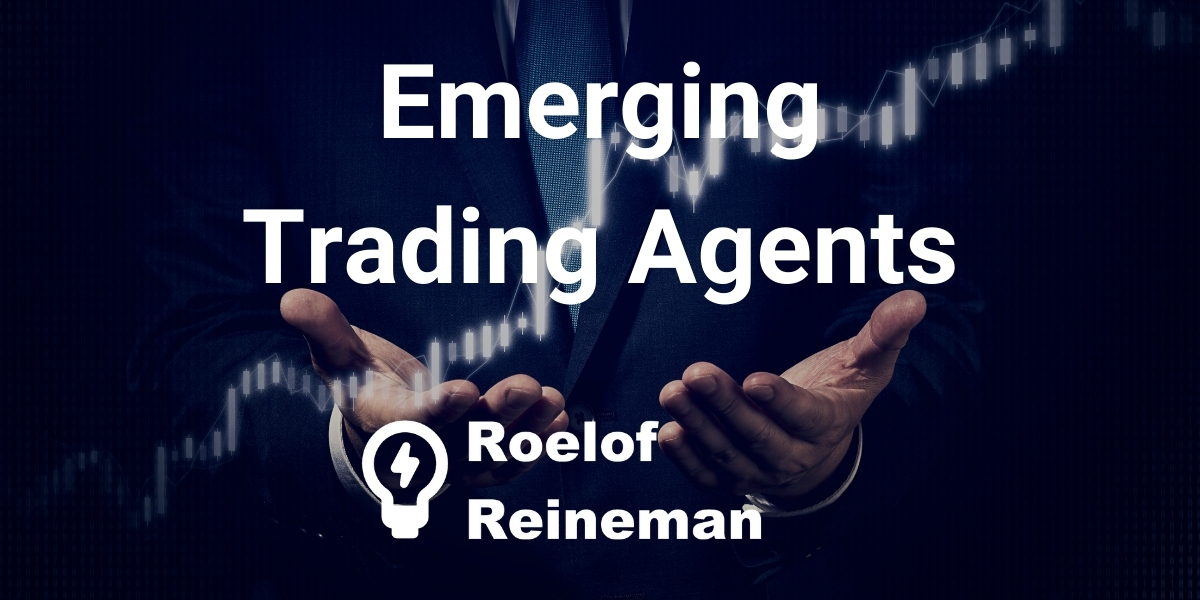Despite the attractiveness of P2P Energy, one of the forces that are holding back its massive breakthrough to mainstream adoption is The Market.

A Marketplace - Where Trade Happens
In our energy system, there are suppliers of energy and consumers of energy. Depending on the time, suppliers can turn into consumers and vice versa when needs change. To balance this supply and demand, there has to be some sort of marketplace. The spot where this supply and demand are matched and a price is determined.
So who determines what goes on in this market? Is it the elusive ‘Invisible Hand’ that is attributed to Adam Smith? Or are there manipulators at work? The fact remains, for a healthy market, there has to be some sort of ‘spread’, or difference between what is asked and offered. If the asking price is higher than what someone is willing to offer, there will not be a trade.

Feed-In Tariffs Disturbing the Market
A Feed-In Tariff limits the floor of the market. Whatever happens, there is this minimum price you can receive for your energy that is guaranteed by the Feed-In Tariff. The Feed-In Tariffs have helped spur installing solar panels globally. For home-owners, this made the business case solid when investing in those solar panels. So how can this be a bad thing?
When you draw power from the grid, you are charged money for this consumption. When you deliver power back to the grid, you receive money in return. The difference between the two is referred to as a ‘spread’ and this is the room for a marketplace.
Case in Point: Netherlands
In The Netherlands, when you draw power, you are charged on average €0,21/kWh. The power from your solar panels that you do not directly use at home, gets supplied into the grid. For this power that you deliver to the grid, you receive an equal amount. This reduces the ‘spread’ to 0. The amounts you draw from the grid and supply back are cancelling each other out. At the end of, for example, a Month, the balance is taken, resulting in a total which you have to pay, or receive.
Case in Point: Australia
A now-famous case is in Australia where there is a big spread. When drawing power from the grid, you are charged $0,26/kWh. When you supply the power from your panels back to the grid, you only receive $0,04/kWh. This creates a good spread and therefore there is a ‘marketplace’. This is also the main reason that things like P2P Energy, but also battery storage at home is growing so rapidly in Australia.

Market Opportunities
So how do you deal with such market issues? If there is none, you can not create a market out of thin air. You can not will a 'spread' into existence. You could put your legal team to work, lobbying for example to alter things like the Feed-In Tariff.
The best you can do is to keep monitoring your business case against the current and expected market price. Given time, technology will make progress and will make production and hence supply cheaper. Also, given time, the balance in supply/demand will change which will have an impact on pricing.




